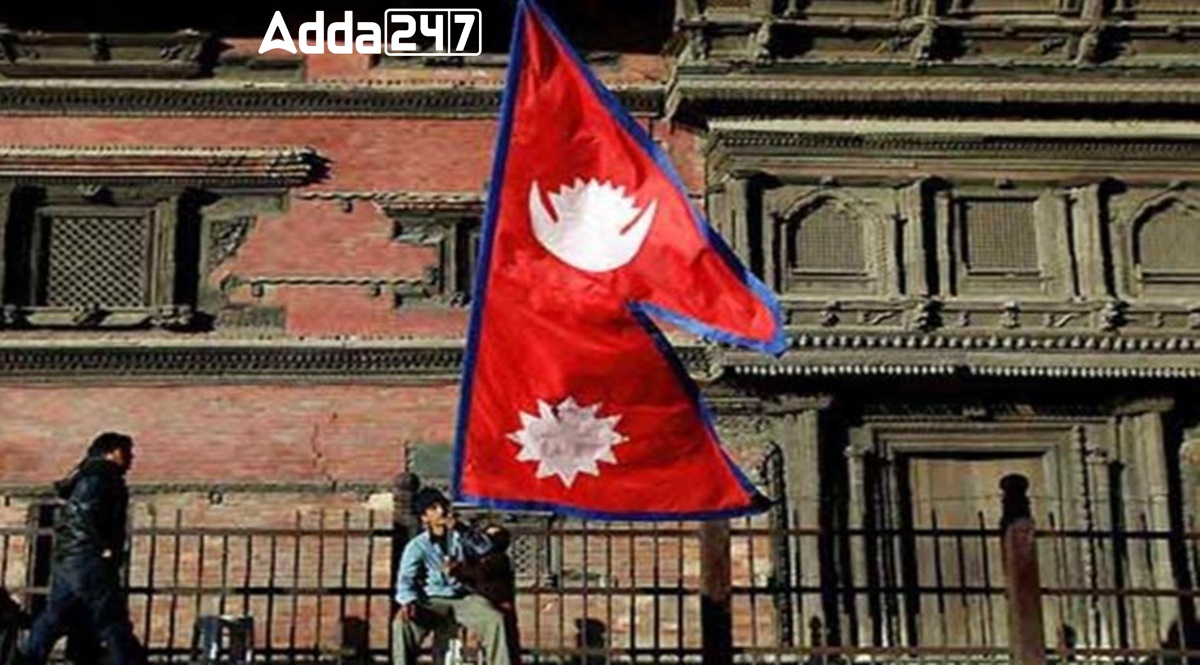Nepal’s population growth rate has hit a historic low, standing at 0.92% per annum over the past decade, the slowest in the last eighty years, as reported by the National Statistics Office (NSO). The current population stands at approximately 29.2 million, with a growth of 2.7 million from mid-April 2011 to mid-April 2021.
Life Expectancy and Regional Disparities
The national average life expectancy in Nepal has risen to 71.3 years, with females living longer at 73.8 years compared to males at 68.2 years. Regionally, Karnali Province boasts the highest life expectancy at 72.5 years, while Lumbini Province has the lowest at 69.5 years. The country has witnessed a notable increase of 21.5 years in average life expectancy over the past four decades.
Improvements in Infant Mortality
Nepal has made significant strides in reducing infant mortality, with the rate dropping to 17 per 1,000 in 2021 from 40 per 1,000 in 2011.
Reproductive Trends
The reproductive rate has declined to 1.94 children per woman, falling below the replacement level of 2.1 children per woman. The average age of childbirth varies across provinces, with Karnali Province at 26.9 years and Bagmati Province at 28.4 years.




 Temporary Suspension of Postal Services ...
Temporary Suspension of Postal Services ...
 Trump Appoints Sergio Gor as US Ambassad...
Trump Appoints Sergio Gor as US Ambassad...
 Iran Conducts “Sustainable Power 1404” M...
Iran Conducts “Sustainable Power 1404” M...

